|
Outside the builders are laying bricks and installing windows. In my studio all is calm. I've been in listening mode and am currently transcribing two audio interviews.
The first was with Joanna Sutherland, Associate Director at Haworth Tompkins and project manager for More West housing development. It's fascinating to hear her talk about the visual appearance of the building taking shape opposite Latimer Road station. She explained the significance of a special Dutch brick called Bronze Grun. "The appearance of the brick, the tonal variation across the brick and the right mortar colour are absolutely crucial to the success of the project." It was not however easy to replicate trial samples and meet the original planning requirements. "We were in no way going to allow anything to go through that wasn't perfect. And if you look at mortars, different mortars of brick, it completely changes the appearance of the brick. So even now when you still see the area that has got the salmon pink, you can see it's a nice brick, but it doesn't look very good. And where the mortar's right, it looks fantastic." My second interview was with Terry Bloxham, Assistant Curator for Ceramics and Glass and the V&A. She gave me a superb tour of stain glass from the medieval period to the present day. This provided context on a Nathaniel Westlake panel, The Vision of Beatrice, that I'm using as inspiration for my project designs. "Westlake is the culmination of the Gothic revival. Of doing it in the medieval manner. He is a medieval artist." "In the panel we've got little pieces of glass, careful chosen. It's not just take that one and put it there to make the picture. But to get the right balance of light coming through, maybe the ones on the bottom are thicker, thinner at the top. Before you put it all together in the lead framework, other techniques are used, like painting, and staining and etching." The Vision of Beatrice illustrates a scene from Dante's Divine Comedy. This is the climatic moment when Dante's love has become divine and he can be transported from purgatory into heaven. Recently, I met buyers of one and two bedroom flats at the development. Young professional workers who were excited about moving into the area. They wanted to know about local facilities and views from their flat. I could comment on the former. Hopefully they were pleasantly surprised to hear about the the complex social history of the area and having the Notting Hill Carnival right on their doorstep. I wonder if they will experience divine love (or otherwise) in their homes. Let us hope so. Future artists and historians will interpret and tell a story. In time.
0 Comments
Art was made social on the 11th and 12th October as part of Kensington and Hammersmith Open Studios. Many thanks to the 48 visitors who each spent a good hour or so absorbing the displays, watching the film programme, selecting and playing vinyl and then leaving a mark on the large scale drawing. The curated film programme was called Home Sweet Home. This included 60s and 70s adverts and educational shorts, artist films and a recording of residents talking about their experience of housing in the area. I was also able to showcase some lovely drawings and photos produced by residents of Frinstead House at Silchester Estate. Centre stage in the living room of the studio was a vinyl record player and an assortment of vinyl from the Beatles to Saturday Night Fever. Visitors had a positive engagement, especially the younger generation who had never seen a vinyl record in the flesh. A new song was penned at the event - Feel the Grove (Ladbroke), Feel the Groove. My studio is a 1960s council flat in North Kensington. This will be redeveloped by RBKC and Peabody into 45 rented homes, 39 shared-ownership homes and 28 for outright sale. During my residency, I'm exploring themes connected with housing, regeneration and architecture. This event provided a framework for thinking about 1960s social housing and contemporary regeneration. Visitors comments: Brenda Mercer: "Another great exhibition. Really interesting and lots to relate to." Morgan Tanawa-Bamba: "The exhibition was fantastic and very informative. Something everyone should see." Val: "What a great project. So much of the history and voice of the real local people seems to be lost in the quest for "development" - more please!" Wendy: "A wonderful resource - alas only temporary. We need a permanent space of this kind in this area that all the communities can enjoy, reflect and learn from. I've thoroughly enjoyed the short time I've spent here. Thank you!" Home Sweet Home is a curated programme of twenty short films. They will be screened at my open studio event on the 11th and 12th October. The films range from 60s and 70s advertising and educational shorts to contemporary artist films. Collectively they form a framework for thinking about 1960s social housing (which my studio is an example of) and contemporary regeneration. Running time is 50 minutes. Films and images kindly sourced from the British Council, London Metropolitan Archives, RBKC Local Studies and Archive, Wellcome Collection, Ad* access Digital Collection, D'Arcy Macius Benton & Bowles Records, John W. Hartman Centre for Sales, Advertising and Marketing History, David M. Rubenstein Rare Book and Manuscript Library, Duke Univeristy, Gloucester Court Reminiscence Group, Nahid, residents of Silchester Estate and Dee Harding. To complement this feast of film, I will be playing vintage vinyl and inviting visitors to bring their old records for a spin on the turntable. These images and sounds will hopefully inspire us to create a drawing and text installation. Sounds fun? Why not visit me at 7 Shalfleet Drive, W10 6UF. My studio is located opposite Latimer Road station. I will be open on both saturday and sunday from 11-6pm. With the oldest resident at 91 years of age and a combined age of the group approaching 700 years, this meeting at my art studio was a pleasure to record. We started off viewing some old photos of North Kensington, followed by a few short film extracts. Over a cup of tea, we shared memories of housing from the 1930's-70s. Here are a few extracts:
I will be presenting audio extracts at my studio open day on 11th and 12th October as part of a film programme about post war housing. Many thanks to Maggie Tyler for organising the Gloucester Court Reminiscence Group session. More details of Maggie's work is at North Kensington Histories blog. |
Categories
All
Archives
May 2024
|
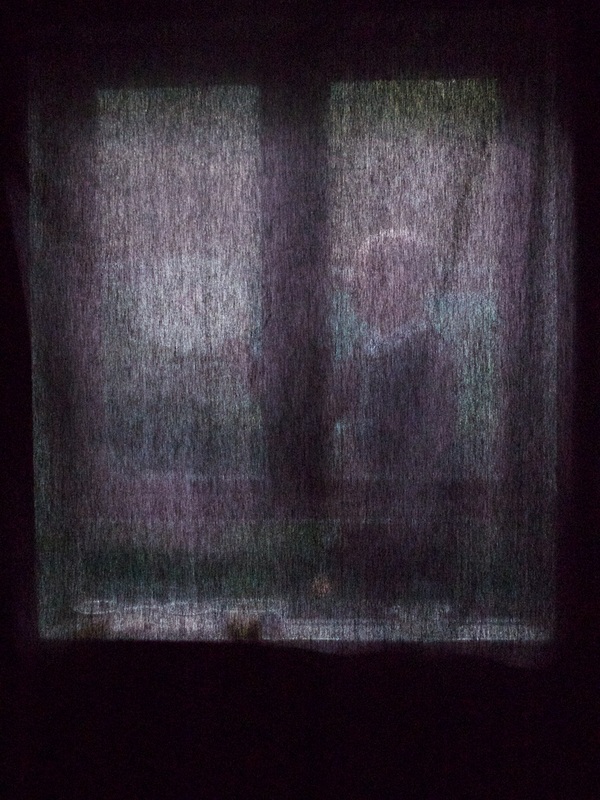
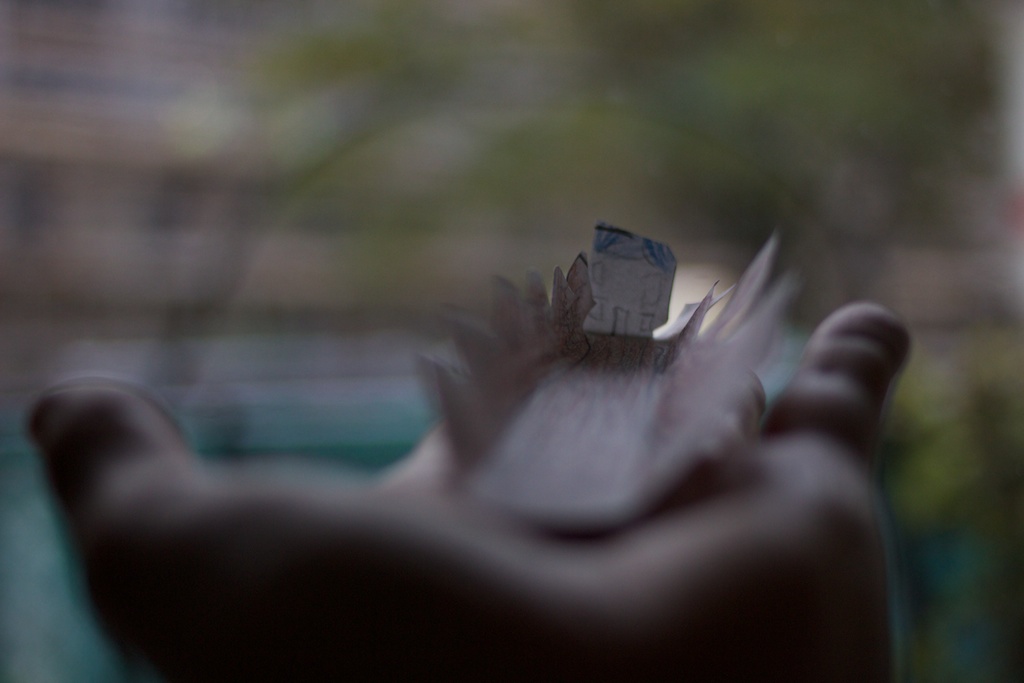
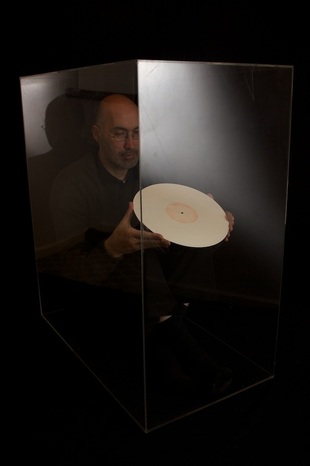
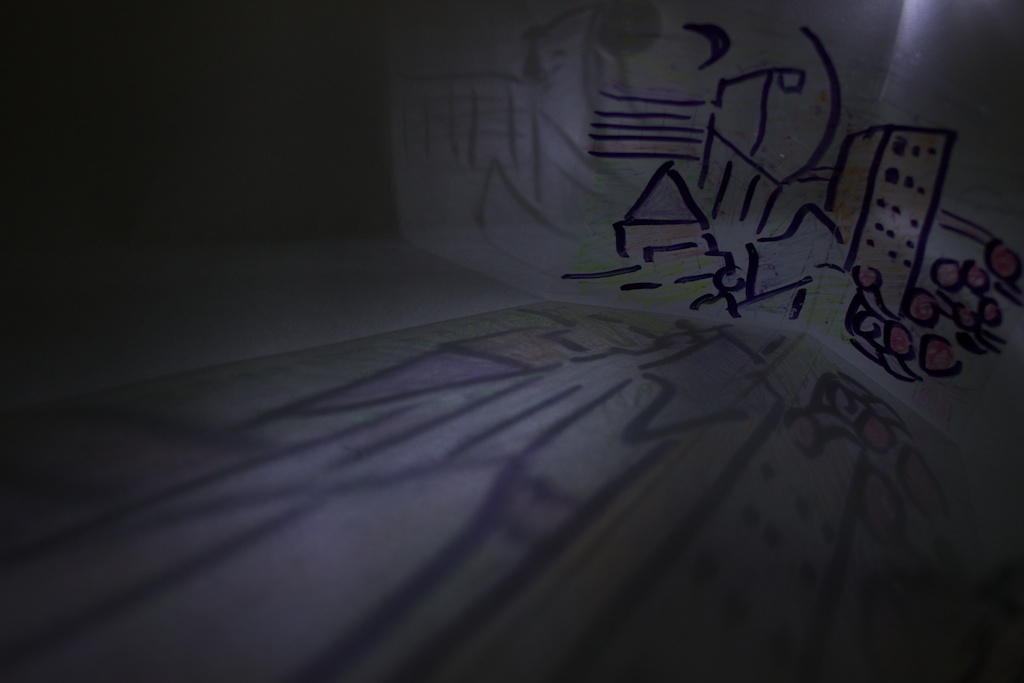
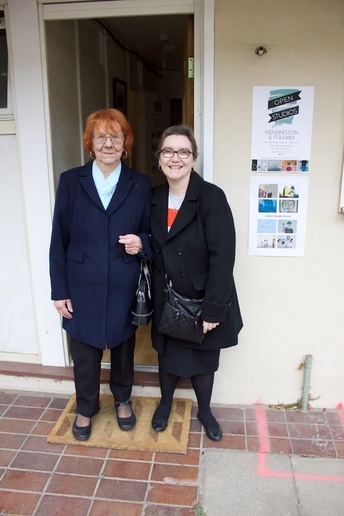
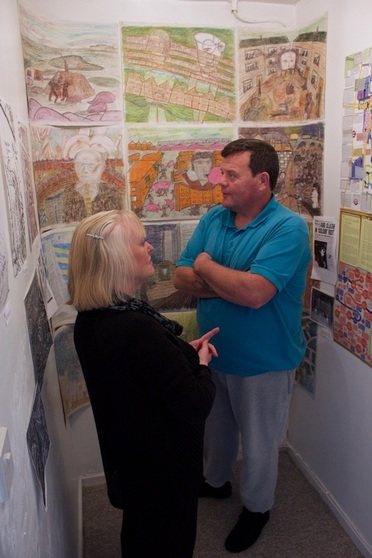

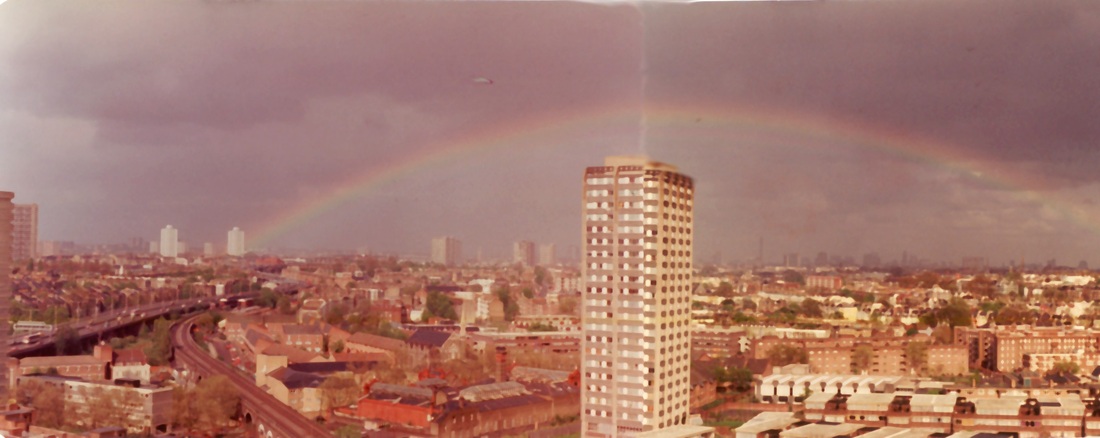
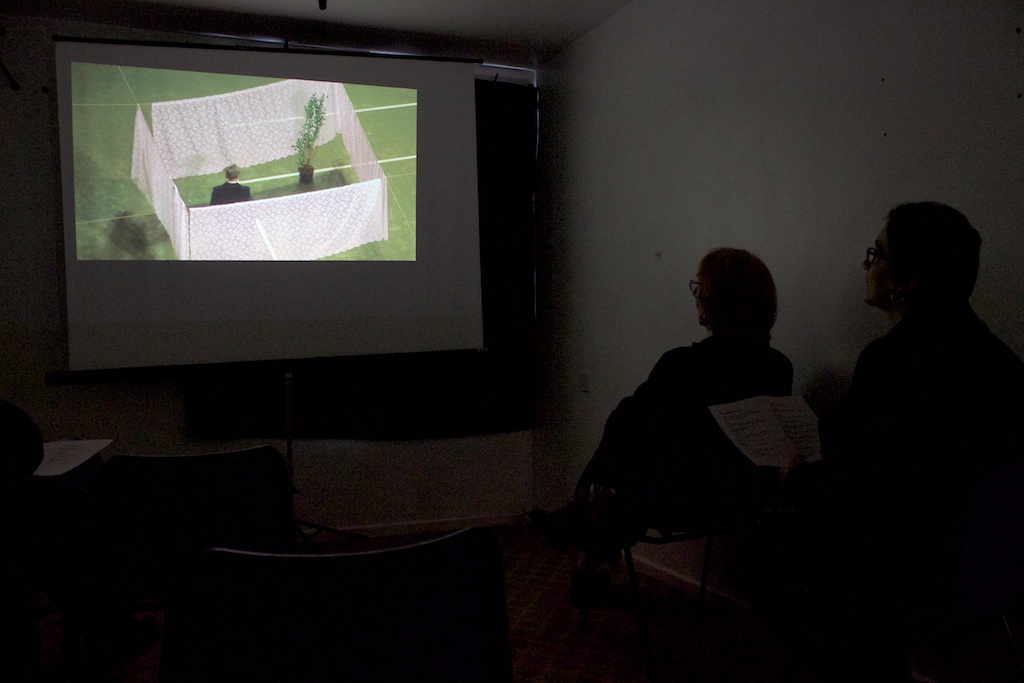
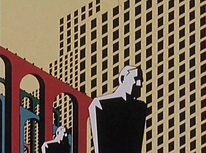
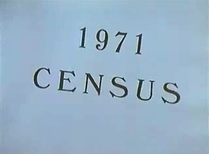
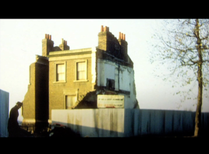
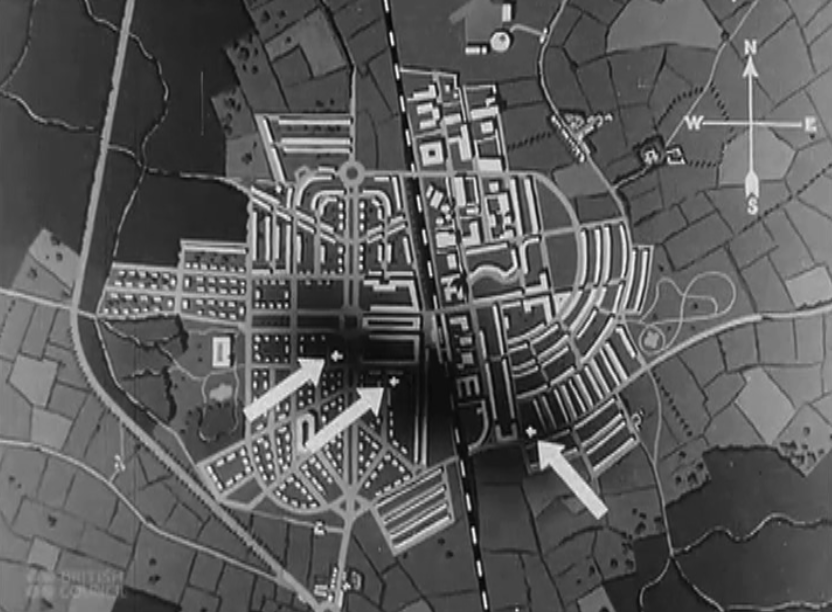


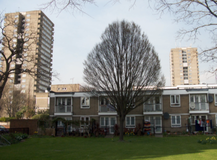
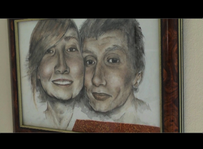

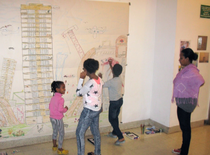
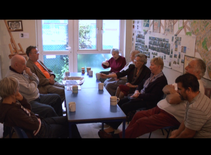
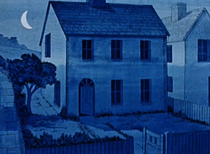
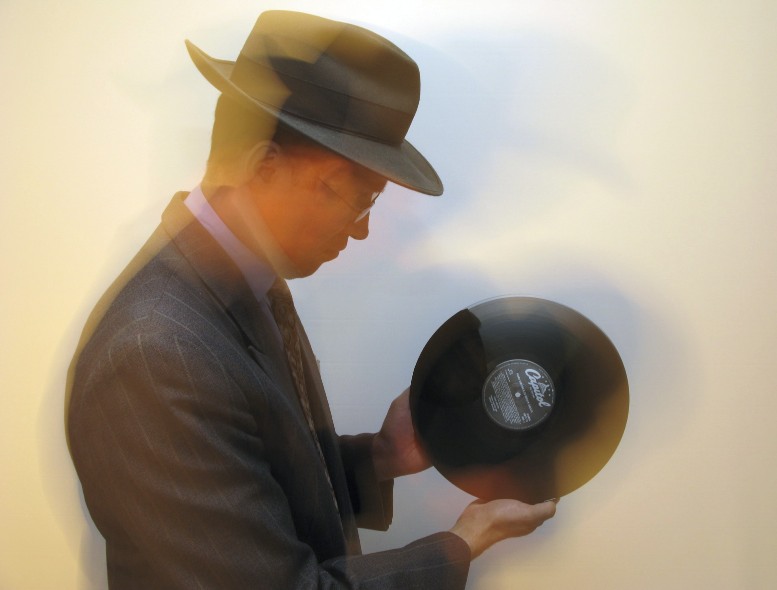
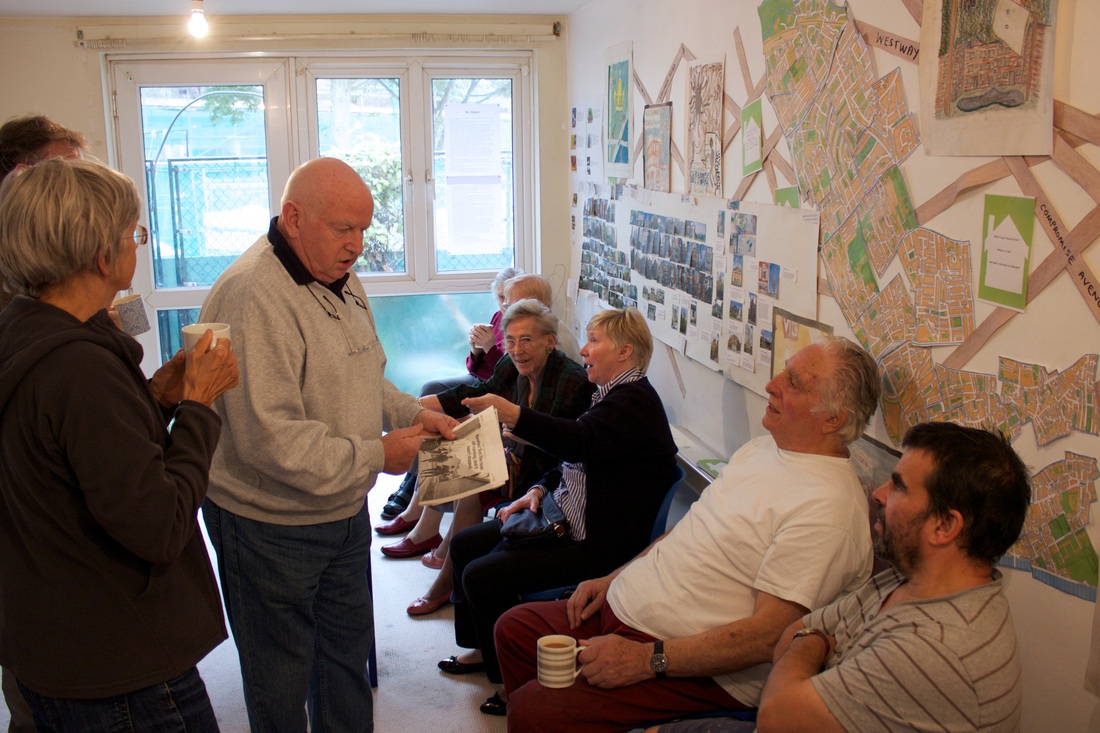
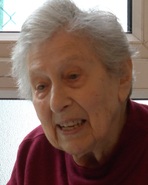
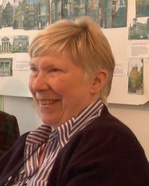

 RSS Feed
RSS Feed
